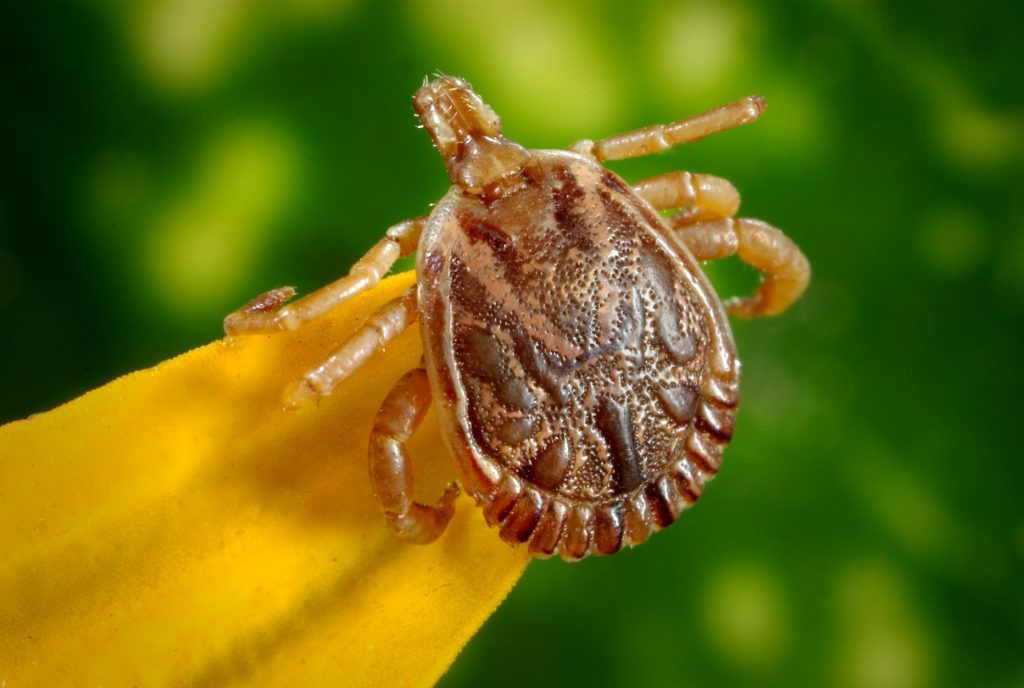Cat Health, Cats, Dog Health, Dogs
How to Remove Ticks From Your Dog or Cat
My first tick experience happened as a kid on my way back from school…Being obsessed with all things living, anything could end up in my satchel from grasshoppers to injured birds.
On this particular day, I found a hedgehog in a bush and it didn’t seem too well. After I got home I put my new friend into a cardboard box with a variety of vegetation but firstly I checked him over to see if he was injured. Everything seemed to be in the right place and nothing was missing.
One strange thing though – I noticed a small grey coloured growth just behind his front leg. Thumbing through my encyclopedia to find out more, I discovered this growth was a tick. It made me feel ill and I was convinced that it was making the hedgehog ill aswell.
Getting The Right Advice
I needed removed it and wondered who could remove it without it causing any more pain to an already sick hedgehog. The sooner you remove a tick, the better but this one had been on there for quite some while judging by its size.
Advice is important because ticks spread diseases which can be transferred during the extraction if it’s not carried out correctly. If you take your dog for walks in the forest or through long grass the odds a high that a tick will crawl onto his skin. Giving your dog a thorough check over is always wise during the tick season. Checking yourself is also a good idea. I have frequently returned from walks to find a tick attached to my leg mostly when wearing shorts.
Successful Safe Tick Removal – NEVER Do This!
– Touch it with a hot object like a match or hot needle
– Smother the tick with petroleum jelly or any other liquid like nail polish remover.
– Freeze it off (it’s not a verruca!)
You cannot suffocate a tick as such. Its head is buried below the surface of the skin and it will not “back out”. Instead, it will try and bury its head deeper making it even more difficult to remove. This will also cause it to panic and deposit disease-carrying secretions into the wound which can cause some nasty infections.
According to veterinarians, the best way to remove a tick is to pull it out but taking care to perform a clean job. This avoids any infectious secretions being passed to your dog or cat and works effectively. Once you get the knack of it, you’ll have the confidence to perform this task as a matter of course.
My Recommendation
To Remove Ticks Easily you’ll need a very fine-tipped pair of tweezers. This helps to grasp the tick as close to the skin as possible. Ticks bury their heads below the skin’s surface which is the bit that needs to come out. I personally recommend a tool specifically designed for tick removal this seems to be the best weapon in my experience. It has been very useful in removing the smallest ticks from my cat and my wife on a couple of occasions!
Although I loathe things that bite and suck blood, ticks are fairly easy to deal with if you know how. They don’t move very quickly and unlike fleas, they don’t hop. They literally crawl or fall onto there host.
Removing a tick is usually the end of the saga but occasionally infection can result. The most common tick-borne disease is Lyme disease. We recommend that, if you can, you should keep the tick once you’ve extracted it. Putting it in a sealed jar with a bit of vegetation will keep it alive. You can then have it tested by a professional as to whether it carried an infection. Most are okay but the odd one will carry Lyme.
Don’t forget this…
As well as keeping an eye on your dog or cat’s condition, it can be greatly helped by giving them optimum nutritional needs recovery from their exercise or illness. If you want to give your dog or cat this advantage we highly recommend our preferred kibble feeds and if you think your pet deserves the odd treat or two we have some very tasty and nutritious bags that they just can’t get enough of.

